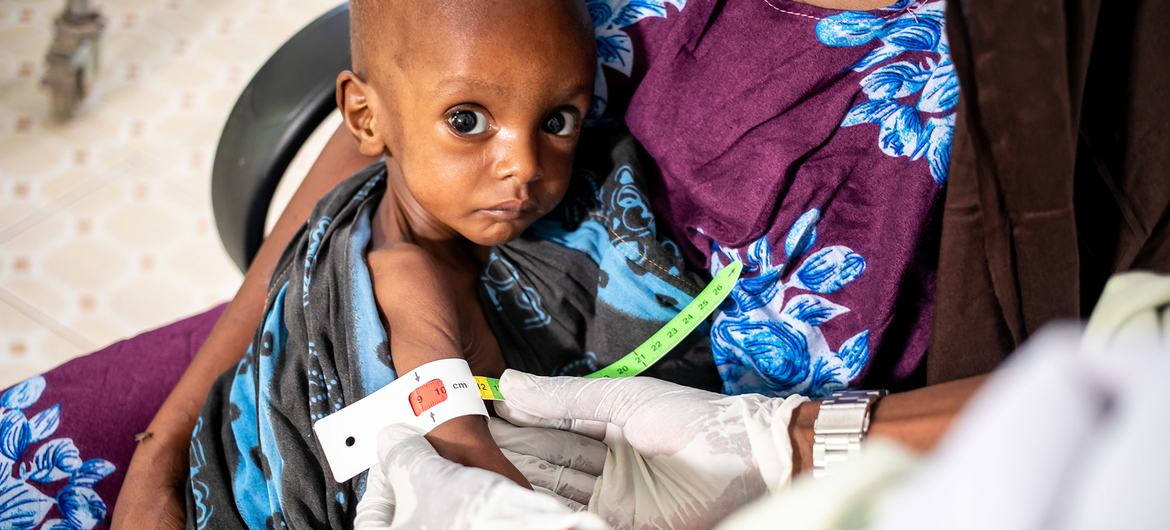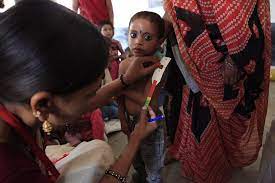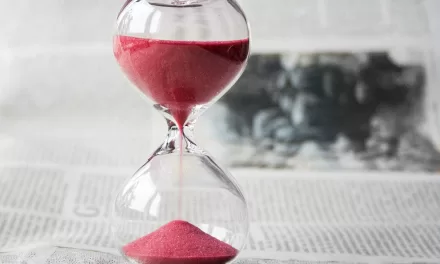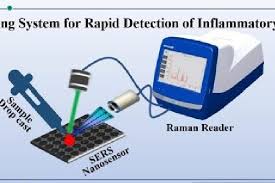 maln
malnToday, the World Health Organization (WHO) is advancing the global fight against acute malnutrition in children under 5 with the launch of its new guideline on the prevention and management of wasting and nutritional oedema (acute malnutrition). This milestone is a crucial response to the persistent global issue of acute malnutrition, which affects millions of children worldwide.
In 2022, approximately 7.3 million children received treatment for severe acute malnutrition (SAM). Although treatment coverage has increased, children with SAM in many of the worst affected countries are still unable to access the full necessary care for them to recover.
The Global Action Plan (GAP) on child wasting recognized the need for updated normative guidance to support governments in the prevention and management of acute malnutrition. WHO answered this call to action and developed a comprehensive guideline that provides evidence-based recommendations and good practice statements and will be followed by guidance and tools for implementation.
“This guideline helps to support countries to prevent and manage acute malnutrition with a specific emphasis on the continuum of care to deliver the best services possible for children and their families.” Said Dr Tedros Adhanom Ghebreyesus, WHO Director-General, “we are calling for more integration of nutrition services into health systems and the strengthening of those health systems. This is a more comprehensive approach to address the complex issue of acute malnutrition in children than ever before.”
This is the first WHO guideline focusing on both prevention and management of acute malnutrition and highlights the vital importance of investing in both these aspects to have real impact on reducing the prevalence and negative impacts of acute malnutrition on children and their families around the world.
Child-centred approach and of caring for mothers and their infants as an interdependent pair;
Breastfeeding and access to nutrient-dense home diets are a critical component of both prevention and management; and
Community health workers can play an important role in providing evidence-based care for children with acute malnutrition.
WHO is working closely with UNICEF and the other UN agencies collaborating on GAP to develop pragmatic operational guidance that will help policy-makers, programme managers and health workers implement the guideline. This will be done in collaboration with experienced practitioners and programmers through the convening of an official UNICEF-WHO Technical Advisory Group which will also bring in academics and other key stakeholders to develop and prioritise a research agenda.
In addition, regional and country workshops are ongoing and other activities planned for wide stakeholder involvement in how WHO can support Member States and implementing partners in adapting this global guidance to their specific context for meaningful implementation and impact.
https://app.magicapp.org/#/guideline/noPQkE
Read the guideline PDF version
Guideline to tackle acute malnutrition in children under five











